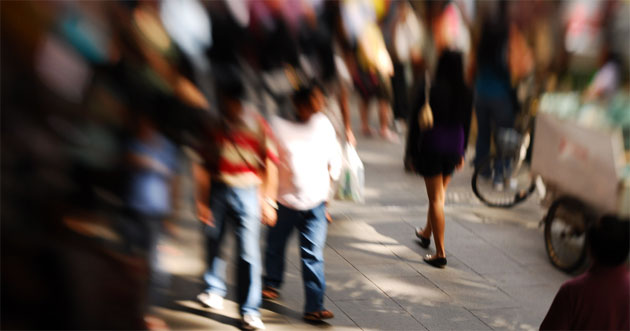Pedestrians Road Safety

Pedestrians Road Safety
As a road user group, pedestrians formed the second largest group of road traffic fatalities, behind motorcyclists and pillion riders. In most cases, the pedestrians were either crossing heedless of traffic or had failed to use available pedestrian crossing.
Following these tips will enhance pedestrian safety:
- ALWAYS USE PEDESTRIAN CROSSINGS like overhead bridges, zebra crossings, underpasses and traffic signal lights.
- RAISE A HAND WHILE CROSSING to alert motorists.
- USE FOOTPATHS and other walkways whenever possible
- DO NOT CROSS AT ROAD BENDS, as your visual field is limited in this part of the road. You cannot see incoming vehicles, and drivers cannot see you.
- DON’T CROSS IN FRONT OF A STATIONARY VEHICLE AND IN BETWEEN STATIONARY VEHICLES.
- ALWAYS WAIT FOR THE BUS TO STOP COMPLETELY if you are boarding or alighting from a bus. BE ALERT FOR ONCOMING TRAFFIC when you step out of a vehicle.
- WALK IN A SINGLE FILE if you are walking in a group, always facing oncoming traffic.
- BE SEEN, BE SAFE. Use light coloured clothing when you are walking at night, or carry some reflective materials so that drivers can see you from a distance.
Pedestrian and Vehicle Collision
When a pedestrian is knocked down by an oncoming vehicle, the force from the initial impact causes the primary injury, often on the lower limbs. At over 50km/h, the speed of the vehicle could cause the victim to be thrown over the bonnet and into the windscreen – this leads to secondary injuries. Tertiary injuries follow when the victim is thrown over the roof of the vehicle and lands at the back. Another vehicle could hit the victim at this point, causing quaternary injuries. In some cases, when the vehicle suddenly brakes, the victim could be thrown outward and the vehicle may come to a stop over the victim. In a great many of these cases, THE VICTIM WAS NOT USING THE PEDESTRIAN CROSSING AT THE TIME OF THE ACCIDENT.
Source: “Handbook for Road Users” by Traffic Police Department, Singapore

